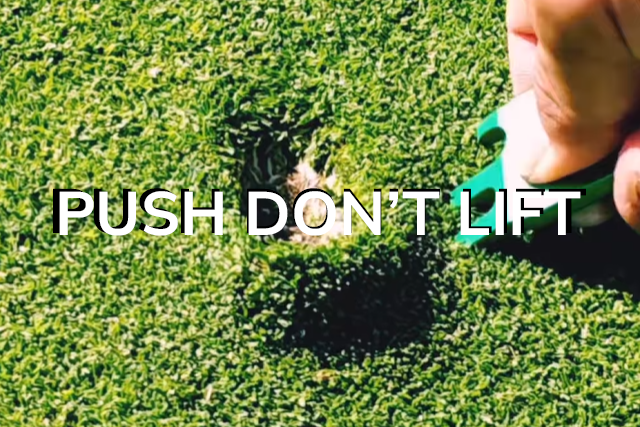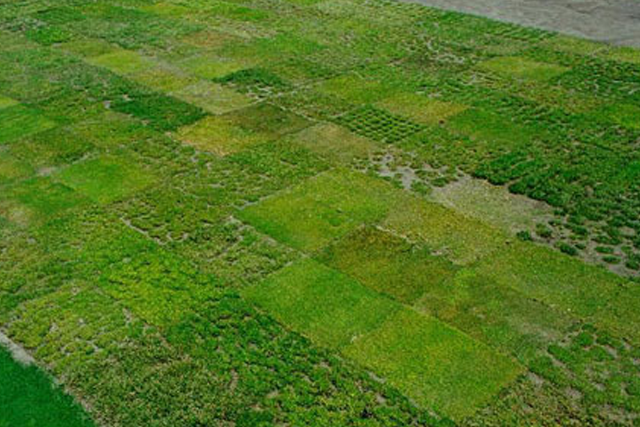When playing golf, it's common to leave ball marks on the greens, but how you repair these marks can significantly impact the health of the grass. Many golfers are taught to lift the ball marks to level the surface, but this method can actually do more harm than good. Instead, pushing the ball marks in is a far better practice. Here's why:
1. Protecting the Roots: The roots of the grass on the golf greens are delicate. When a ball mark is lifted, it can tear these roots, disrupting the grass's ability to absorb water and nutrients. This damage can lead to the death of the grass in that area, creating unsightly brown spots on the green. By pushing the ball mark in, you avoid damaging the roots, helping the grass to recover more quickly and stay healthy.
2. Faster Healing: Grass on golf greens is often a type of turf that is selected for its ability to recover quickly from damage. When you push the ball mark in, you're helping the grass to maintain its integrity and recover faster. The grass blades are pushed back into place, allowing them to heal and regrow more efficiently than if their roots were torn.
3. Maintaining a Smooth Surface: Lifting a ball mark can create uneven surfaces on the green, affecting the roll of the ball for future players. Pushing the mark in helps to maintain a smoother surface, ensuring a fair and consistent playing field for everyone. This practice shows respect for the course and your fellow golfers.
4. Easy and Effective: Pushing in a ball mark is not only better for the grass, but it's also easy to do. Most golf courses provide small tools specifically designed for this purpose. One such tool is the Birdicorn 6-in-1 Divot Tool, which is simple to use and can quickly become part of your routine as you play.
5. Promoting Course Health: Finally, pushing in ball marks is part of a broader responsibility to maintain the health and beauty of the golf course. By adopting this practice, you're contributing to the overall upkeep of the course, ensuring it remains a pleasant and playable environment for everyone.
In conclusion, the next time you're out on the green and find yourself repairing a ball mark, remember to push, not lift. This simple change in your routine can have a significant positive impact on the health of the golf course, enhancing your playing experience and that of your fellow golfers. Equip yourself with the right tools like the Birdicorn 6-in-1 Divot Tool to make the process efficient and effective.



Leave a comment
All comments are moderated before being published.
This site is protected by hCaptcha and the hCaptcha Privacy Policy and Terms of Service apply.